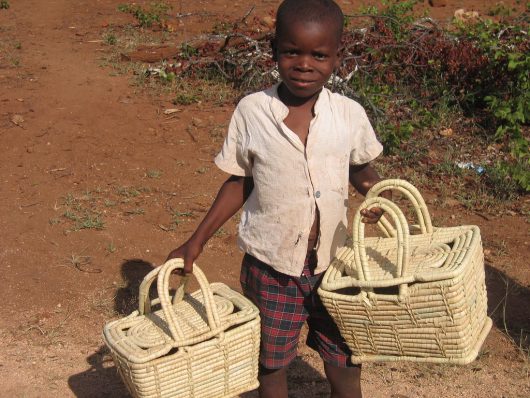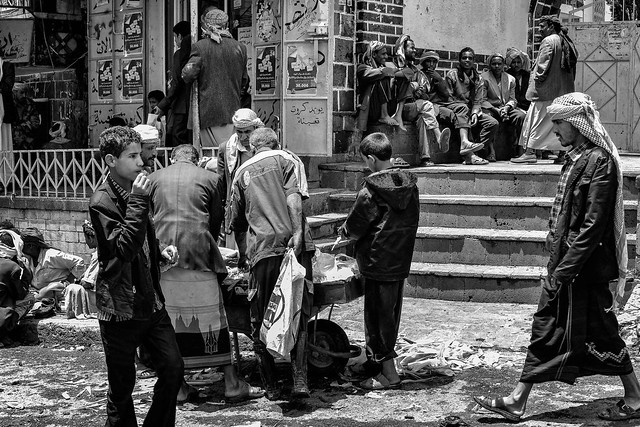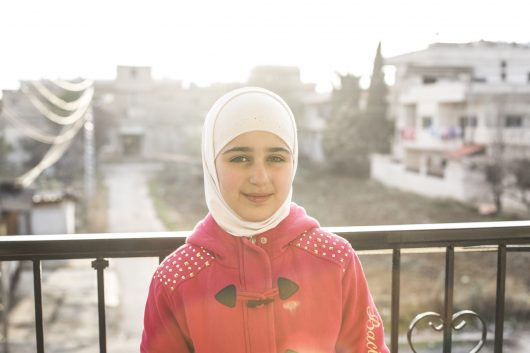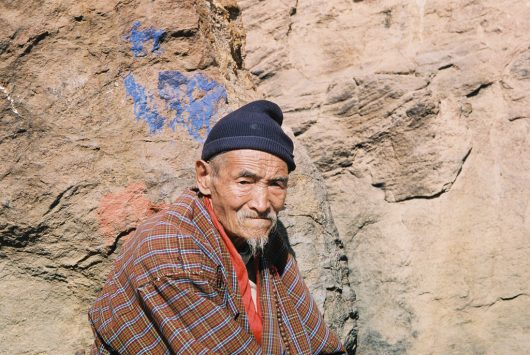
Here are 10 facts about Zimbabwe refugees:
- It’s estimated that 3.4 million Zimbabweans, a quarter of the population have fled their country as refugees. Most of them have gone to three countries — South Africa, Australia and Britain. Britain houses the majority with over 400,000.
- Zimbabweans are leaving their homes as a result of the repressive government in the country. For more than 40 years, President Robert Mugabe has repeatedly violated human rights. Amnesty International called on the government to “end the ongoing harassment of human rights defenders.”
- Most Zimbabwean refugees flee to South Africa, the bordering country. South Africa is actually one of the busiest borders in Africa, and the number of Zimbabweans entering has been increasing since President Mugabe escalated his brutal regime. Once in South Africa, local churches are able to provide Zimbabweans with the food and education they have to give.
- Thousands of Zimbabweans apply for asylum, yet only a tiny fraction is granted. Since South Africa does not officially recognize the human rights violations of Mugabe’s regime, the majority of Zimbabweans crossing the border are deported back to their country, 14,000 are deported every week.
- Many Zimbabweans attempting to seek refugee status in South Africa face deadly diseases, including tuberculosis and HIV. The Mugabe regime has been unable to provide any type of health care system.
- Zimbabweans crossing the border to South Africa at Beitbridge are forced to swim across the river. Unfortunately, many don’t make it. There are frequent reports of drowning or being eaten by crocodiles.
- The vast majority of Zimbabweans that flee to South Africa are children. Between 350 and 400 cross the border without passing official checkpoints, many travel without an adult. Criminals know this and take advantage of the situation — robbing, enslaving or sexually abusing Zimbabwean children.
- The large influx of Zimbabweans entering South Africa has lead to backlash from the local population — the lack of jobs has created xenophobia.
- Doctors Without Borders continues to be a huge help for refugees, yet their only location in South Africa near the Zimbabwean border was closed. This location was crucial in providing 2,000 medical consultants for Zimbabweans each month, protecting them from danger while awaiting their legal papers to enter into South Africa.
- Much of Zimbabwe is maintained and financed because of the money that these refugees are sending back home; small amounts of money are consistently sent each month to many families who then use that money to pay for school, groceries or housing.
– Marcelo Guadiana
Photo: Flickr
 A joint report released in August by the Office of the United Nations High Commissioner for Refugees (UNHCR) and the International organization for Migration (IOM) said an exorbitant amount of conflict and displacement in
A joint report released in August by the Office of the United Nations High Commissioner for Refugees (UNHCR) and the International organization for Migration (IOM) said an exorbitant amount of conflict and displacement in 

 German chancellor Angela Merkel has made refugees in
German chancellor Angela Merkel has made refugees in 


 While forced migration is a constant problem, advances in technology have changed the playing field, and aid organizations are struggling to keep up. Today, refugees are using their smartphones for both practical uses and methods of comfort in a difficult situation. For efficient aid distribution, change in refugee behavior must be accompanied by a corresponding change in nongovernment organization (NGO) structure.
While forced migration is a constant problem, advances in technology have changed the playing field, and aid organizations are struggling to keep up. Today, refugees are using their smartphones for both practical uses and methods of comfort in a difficult situation. For efficient aid distribution, change in refugee behavior must be accompanied by a corresponding change in nongovernment organization (NGO) structure.
